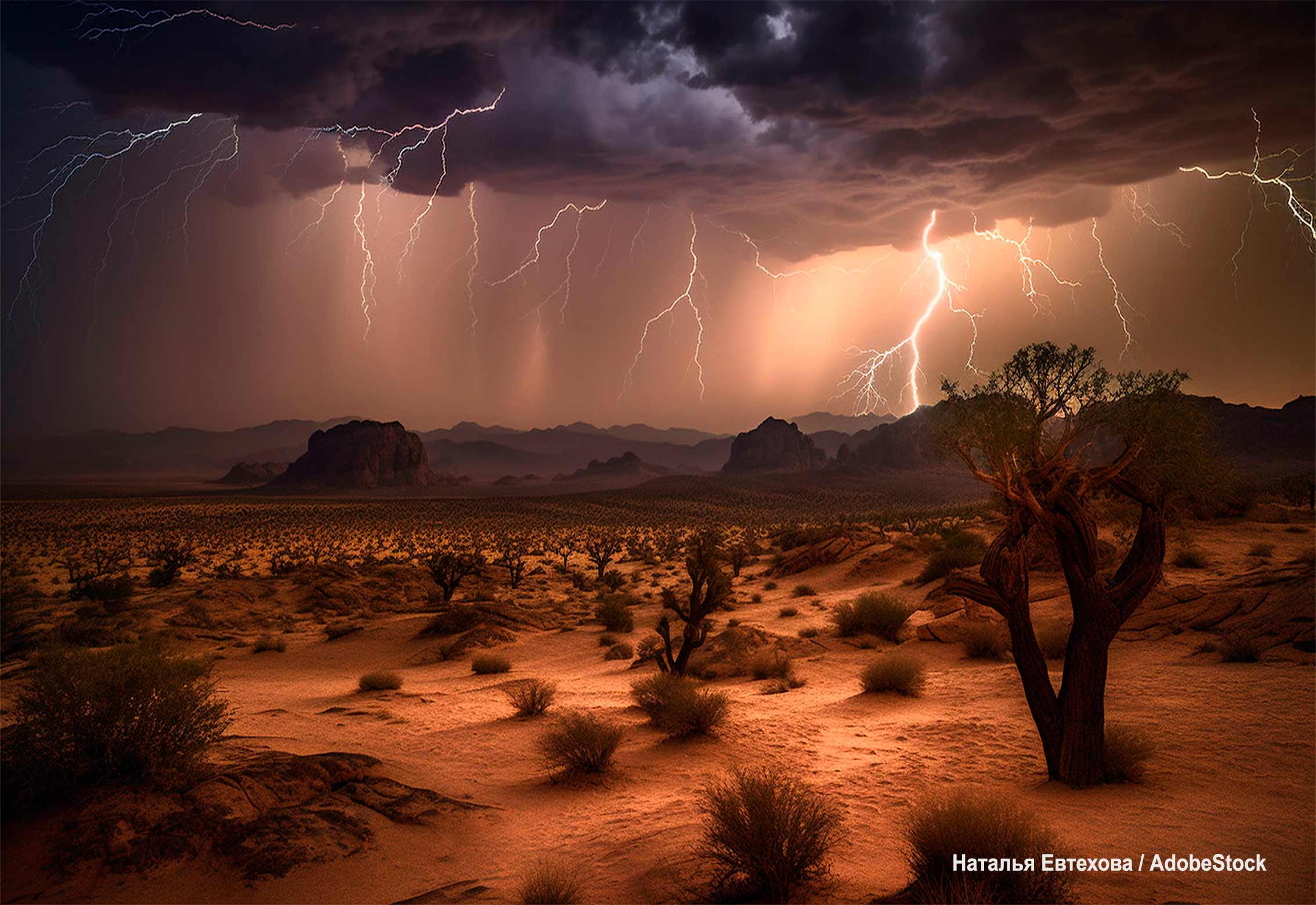FAQ about the El Niño phenomenon 2023-2024

8. How are the El Niño and La Niña phenomena related?
The El Niño episode is actually just one half – the warm and humid half – of a natural meteorological cycle called the El Niño Phenomenon “ENSO” (El Niño Southern Oscillation) and is also known by its English acronym ENSO (The Niño-Southern Oscillation).
The other half is “La Niña,” basically the opposite of El Niño: Ocean temperatures along the eastern half of the tropical Pacific cool and that part of the world dries out. The heat and rain belt is shifting across the ocean, meaning Australia, Indonesia and Southeast Asia are wetter and warmer than usual.
During an El Niño event, the surface of the tropical Pacific Ocean warms more than usual, especially at the equator and along the coasts of South and Central America. Warm oceans give rise to low pressure systems in the atmosphere, which in turn causes heavy rainfall on the eastern coasts of America.
Episodes can last up to a year, although warming tends to be strongest during the months of October to February in the northern hemisphere.
And the La Niña phenomenon?
La Niña events tend to settle in longer than El Niño, persisting for between nine months and two years. For example, according to the World Meteorological Organization, the La Niña episode established in the second half of 2021 is still active in 2023 in the tropical Pacific, although it shows signs of weakening in both oceanic and atmospheric parameters and will continue to weaken until they are compatible, with a neutral episode of the El Niño phenomenon. The current unusually persistent and prolonged La Niña event is likely to last until the end of winter in the Northern Hemisphere and summer in the Southern Hemisphere. WMO
FAQs about the El Niño phenomenon 2023-2024
1. What is the El Niño phenomenon and what does it get its name from?
2. What is the formation process of the El Niño phenomenon?
3. When did the 2023-2024 El Niño phenomenon begin and when will it end?
4. Would global warming worsen the 2023-2024 El Niño phenomenon?
5. Which countries are most vulnerable to the El Niño phenomenon?
6. What would be the consequences of the El Niño 2023-2024 phenomenon?
7. What provisions can be made to minimize the effects of the El Niño phenomenon?
8. How are the El Niño and La Niña phenomena related?
9. How often does the El Niño phenomenon occur?
10. What are the recorded El Niño phenomena and which has been the most devastating?
Other sections of El Niño 2023-2024
Scientists estimate that the 2023-2024 El Niño, exacerbated by the climate crisis, will likely raise global temperatures to new records in 2024. Read +

